Tire Size 285/55r20 vs 285/60r20
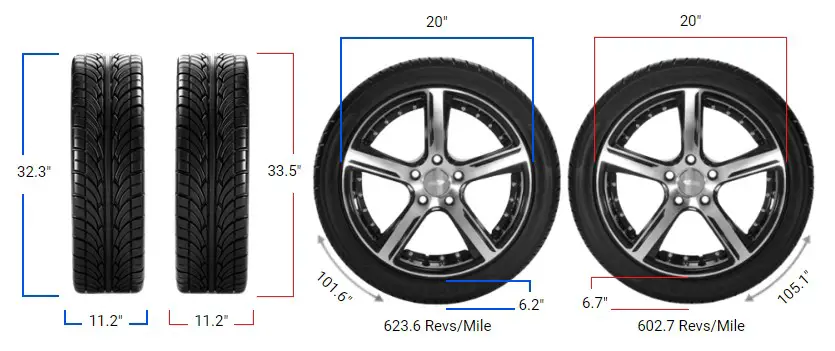
Tire sizes may look like a random mix of numbers, but they greatly influence how your vehicle performs. We’ll break down the switch from 285/55r20 to 285/60r20 tires, examining how this change affects your driving experience in various conditions.
- The new tires are 1.12 inches taller exceeding the recommended 3% difference
- Increased ground clearance of about 0.56 inches for better off-road capability
- Speedometer will underreport actual speed by 3.4% affecting accuracy
- Taller sidewalls may provide a smoother ride but less responsive handling
- No change in tire width maintaining the same footprint on the road
285/55r20 vs 285/60r20 Table
The key distinction lies in the overall diameter. The 285/60r20 tire is 1.12 inches (28.5 mm) taller than the 285/55r20.
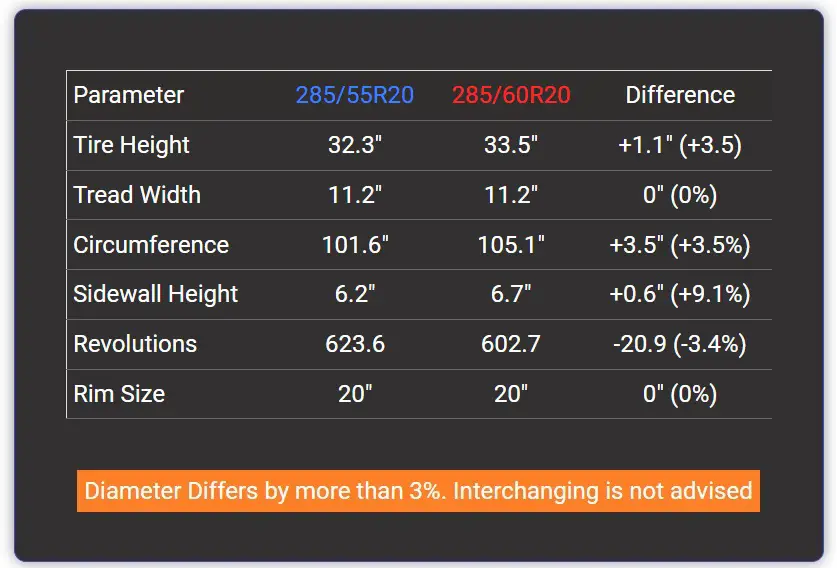
Fitment Guide
Caution is advised for this tire switch. The diameter difference of 3.5% exceeds the recommended ±3% range. This means the interchange is not recommended without vehicle modifications.
The 285/60r20 tire has a diameter of 33.46 inches, which is 1.12 inches (28.5 mm) larger than the 285/55r20’s 32.34-inch diameter. This significant difference may require adaptations to prevent issues like rubbing or clearance problems.
On-Road Impact
Switching to 285/60r20 tires can notably alter your on-road driving experience. Here’s how:
- Handling: The taller tire profile may lead to less responsive handling, potentially affecting cornering ability and overall vehicle stability.
- Ride Comfort: The increased sidewall height (0.56 inches or 14.25 mm more) could provide a smoother ride over bumps and rough roads. This extra cushioning might be noticeable, especially on highways.
- Fuel Efficiency: The larger tires have more mass and may create more rolling resistance, potentially decreasing fuel efficiency. This effect could be noticeable in daily driving.
- Speedometer Accuracy: With the new tires, your actual speed will be about 3.4% faster than what your speedometer shows. At 20 mph, you’ll actually be going 20.69 mph – a difference that could lead to unintentional speeding.
- Aesthetics: The taller tires will give your vehicle a more lifted appearance, which some drivers find appealing. However, this change might affect the overall design balance of your vehicle.
- Acceleration and Braking: The larger diameter tires effectively change your vehicle’s gearing, potentially resulting in slightly slower acceleration but possibly improved top speed. Braking distances may also increase due to the added rotational mass.
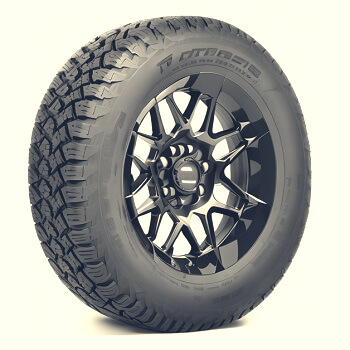
Off-Road Impact
For those who venture off the beaten path, the tire change brings some notable effects:
- Ground Clearance: The 1.12-inch increase in diameter translates to about 0.56 inches more ground clearance. This can be beneficial when navigating obstacles or rough terrain.
- Traction: While the width remains the same, the longer contact patch might provide better traction in some off-road conditions, especially in loose or soft terrain.
- Flotation: The larger overall tire size could improve performance in sand or snow by distributing the vehicle’s weight over a slightly larger area.
- Durability: The taller sidewalls might offer better protection against impacts from rocks or other obstacles, potentially reducing the risk of sidewall damage during off-road excursions.
- Wheel Travel: The larger tire diameter might slightly reduce wheel travel, potentially affecting suspension articulation in extreme off-road situations.
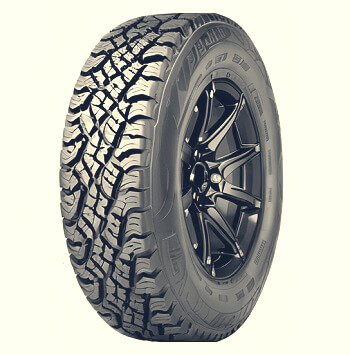
What is the Difference Between 285/55r20 and 285/60r20?
The main difference between 285/55r20 and 285/60r20 tires is their overall diameter. The 285/60r20 tire has a diameter of 33.46 inches, which is 1.12 inches (28.5 mm) larger than the 285/55r20’s 32.34-inch diameter.
This represents a 3.5% increase in overall height, significantly affecting the tire’s performance characteristics, vehicle clearance, and potentially requiring modifications to ensure proper fitment.
Can I Use 285/60r20 Instead of 285/55r20?
No, it is not recommended to use 285/60r20 tires instead of 285/55r20 without careful consideration and possible vehicle modifications.
The diameter difference between these two tire sizes is 3.5%, which exceeds the recommended 3% limit for tire size changes.
This difference can negatively impact vehicle handling, speedometer accuracy, fuel efficiency, and overall performance. It may also cause clearance issues or rubbing, potentially compromising safety.
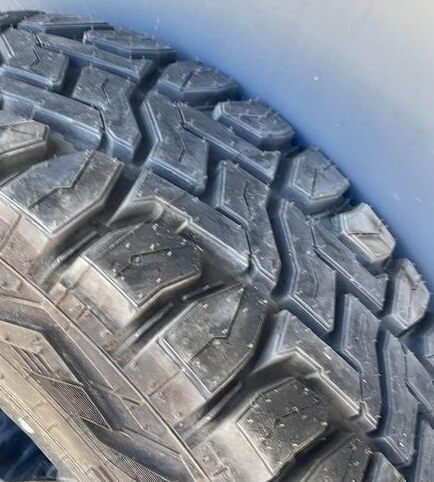
How Much Taller Is a 285/60r20 Tire Than a 285/55r20?
A 285/60r20 tire is 1.12 inches (28.5 mm) taller than a 285/55r20 tire. The 285/60r20 has a diameter of 33.46 inches (850 mm), while the 285/55r20 has a diameter of 32.34 inches (821.5 mm).
This represents a 3.5% increase in overall height, which is significant enough to affect various aspects of vehicle performance and potentially require modifications for proper fitment.
Our Observation
Switching from 285/55r20 to 285/60r20 tires presents a mix of benefits and challenges. The taller tires offer improved ground clearance and potentially better off-road performance, which could be advantageous for adventure seekers.
The softer ride from increased sidewall height might also appeal to those prioritizing comfort. However, these benefits come with significant drawbacks.
The 3.5% diameter increase exceeds recommended limits, potentially affecting handling, speedometer accuracy, and fuel efficiency. On-road performance may suffer, with less responsive handling and potentially longer braking distances.
While the changes might seem subtle, they can have real-world impacts on both daily driving and off-road adventures. Ultimately, this tire switch requires careful consideration and possible vehicle modifications to ensure safe and optimal performance.

Meet Caitlin McCormack, a Tire Size Expert and Blogger Passionate About Everything Related to Tires. With Years of Experience in the Tire Industry, Caitlin Has Become an Expert in Tire Sizes and Their Impact on Vehicle Performance.
